
Of all the fashion trends from the 20th century, it seems like hats for women have taken a backseat to every other piece of fashion accessory. 2014 changed all of that. Baseball caps, floppy hats, panama hats, crystal-embellished knit hats, and logo beanies are all rated high on the chic radar. All manner of headgear have become in vogue again. But to style classicists, not to mention royals, hats have never really become out of style. Never underestimate the ability of hats to give your outfit some regal pomp or some street sass.
Old Hat
As far back as 3200 B.C., there is evidence that mankind wore hats. In fact it was in a Thebes tomb that a man wearing a straw hat was first seen. Early headwear was primarily for protection from the elements.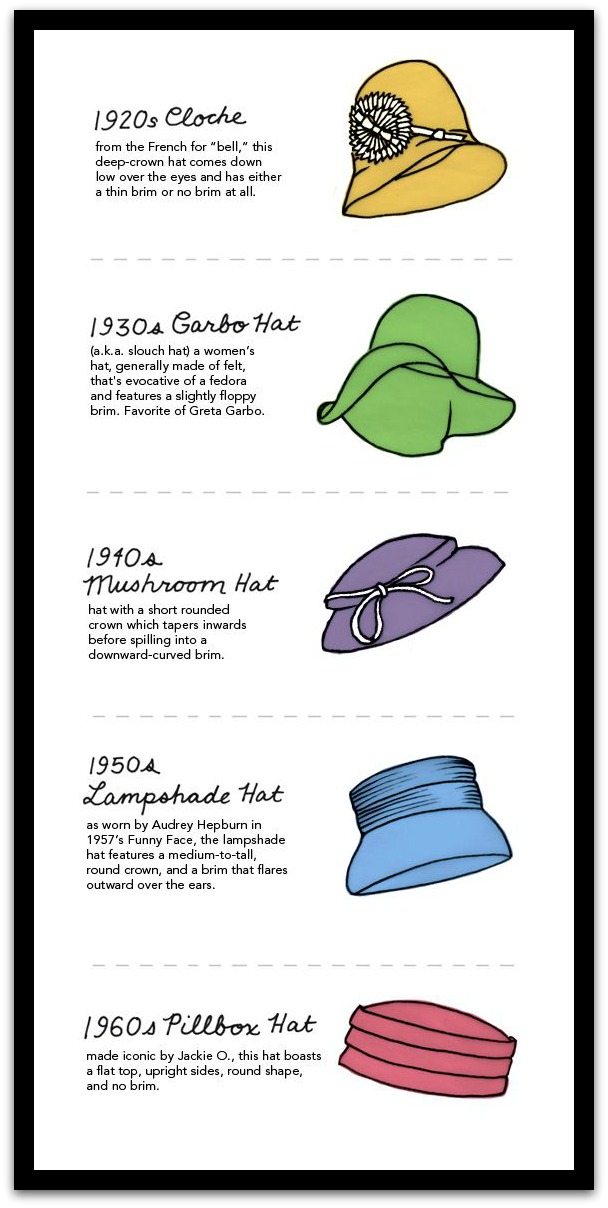
Milliners, otherwise known as hat makers are first recorded in 1529. They mostly catered to men’s fashion around 16th century. In the Middle Ages, the Church decreed that women should keep their head covered out of modesty and that led to the birth of hats as a fashion item.
During the 17th century, hats become ever more popular for everyday wear and women’s millinery started coming into its own. For the most part of that century till the end of the 19th century, bonnets adorned with floral trims, ribbons, and feathers were the only hat fashion for women. The 20th century was the explosion of women’s stylish headgear. From the 1920s cloche hat to the 1960s pillbox hat, that particular century saw the most trends and innovative women’s hat designs.
For most of the 20th century, hats were a relevant part of a woman’s ensemble. No woman was completely dressed, or stepped out of the house for that matter, without a crown topper. The interest in hats waned since then, and re-emerged in 2011 when scores of royal attendees donned fabulous fascinators and glamorous hats for the Kate Middleton and Prince William wedding. That brought ‘the hat’ back to the public’s attention, and now they’re back in the style spotlight; so in light of that I thought I’d write this week on how to wear a hat.
Hat in Hand
It’s just common sense to protect your noggin, right? Even our ancestors knew that. Serving as covering from the elements and protection from errant twigs or rocks, hats from our primitive forefathers (and mothers) have progressed leaps and bounds since then. During civilization, hats were considered a symbol of wealth and power. Just think of photos of royals from the Renaissance wearing some form of headgear. Even philosophers were rarely seen with their bare head.
Beyond utilitarian reasons, hats are the fashion accessory du jour for the more sartorially advanced. Why is that so? Well, when you’re wearing a hat, it is the first thing that people notice about you. Whether that’s a good or bad impression depends on how you carry yourself while wearing it. Hats are for those who are a little bit braver when it comes to dressing up. Hats are such attention-getting accessories that it can make or break your overall look. These head adornments, used to be how etiquette and femininity were expressed. Now, hats are the symbol of personal style and confidence.
Face Off
Like all great fashion pieces, a chic hat is all about fit and style. One way to discover how to wear a hat is to have fun trying on different hats (literally!) to discover what works best with your face shape, personal style, as well as what works best with the existing pieces in your wardrobe.
The first step in choosing the right hat for you is getting yourself measured for a hat. Your hat size is precisely the circumference of your head, measured right above the ear. Measurements of hats for women vary from every retailer or brand. When trying on hats at a store, do not hesitate to ask for assistance. You could be trying something on that isn’t the right size for you. As with everything, the right fit can make a world of a difference.
It is also worth educating yourself on the terms that milliners or haberdashers use.
Now that you know the elementary parts of a hat, it’s time to learn some quick tips in choosing the right type for your face shape.
- If your face is longer than it is wide (oblong and rectangle) your best hats will be those that add width to your face such as those with low crowns and wide brims. This becomes especially important if your face is also quite narrow.
- If you face is similar in width and length (square or round) you are best in hats that elongate such as high crowns, narrow brims and those worn on an angle.
- Those blessed with a truly oval face (a rarity being only approx. 1 in every 75) wear almost unlimited styles.
- Heart and Inverted triangle faces (widest across forehead with a narrow jawline) are best with irregular and narrow brims, high crowns and those worn on an angle.
- If you have a prominent jawline and narrow forehead (triangular face shape), look for wide brims, high crowns and hats that sit back on the head.
- As a general rule, the wider the brim, the shorter you’ll appear to be. You’ll need to be tall to wear brims wider than your shoulders and avoid being mistaken for a mushroom.
- Downward facing brims can also make you appear shorter while upward facing brims elongate and add apparent height.
- Consider the brim as a balancing point for your jaw. If you have a square face, it might be better to go with floppy brims to soften the angle of their jaw.
Hats for Women: Styled Right
- Always experiment with how to wear a hat on your head. Hats aren’t meant for placing haphazardly on top of your crown. Experiment with angling it different ways to see which suits you best.
- Wear a hat that works with your personal scale. Big hats on small frames look weird as do small hats on large framed women.
- Contrast is your main watchword to keep things interesting when styling hats. Wear denim jeans with a fur hat or a leather baseball cap with a dress. Lately, it’s all about breaking the fashion rules. Within reason of course. Save these sartorial adventures for casual city trekking or a dinner with your girlfriends.
- It’s best not to black beanies with a predominantly black ensemble. Unless you’re dressing up as a cat burglar for Halloween.
- Wear a bold lip with more casual hats like caps or knit berets. It’ll dress it up a bit more.
- Woven or straw hats are seasonal items. Do not wear them in the fall or winter. These hats are a must-have in the summer though. Whether worn with a bikini or a sundress, these hats are impeccably warm weather chic.
- Floppy felt hats are an all year-round timeless fashion staple. Wide brim hats always add that bit of edge to any look.
- Hats are great accessories for menswear-inspired tailored looks.
- Wear a more structured hat with loose clothing, and vise versa – Balance is everything.
- Experiment with color when topping your outfit off with a hat.
- Don’t wear your baseball cap backwards. You’re not 10 years old anymore. Always keep it sleek.
- Consider your hair color and complexion when choosing a hat.
- Wear a hat in the correct weight and style for the season – read more.
- Never don a hat while your hair is damp. Not only will give you hat hair, you’ll risk stretching the core.
Hat Etiquette
Hats are pretty much unfamiliar territory to most ladies so let me end with a few hat etiquette tips:
- Don’t wear hats with evening wear.
- Consider other’s view – take them off if people can’t see around you.
- Take your hat off when visiting anyone’s home.
- When holding your hat, turn it around so the inside is not visible.
- It’s acceptable to keep dress hats on for national anthems not casual hats such as beanies and baseball caps.
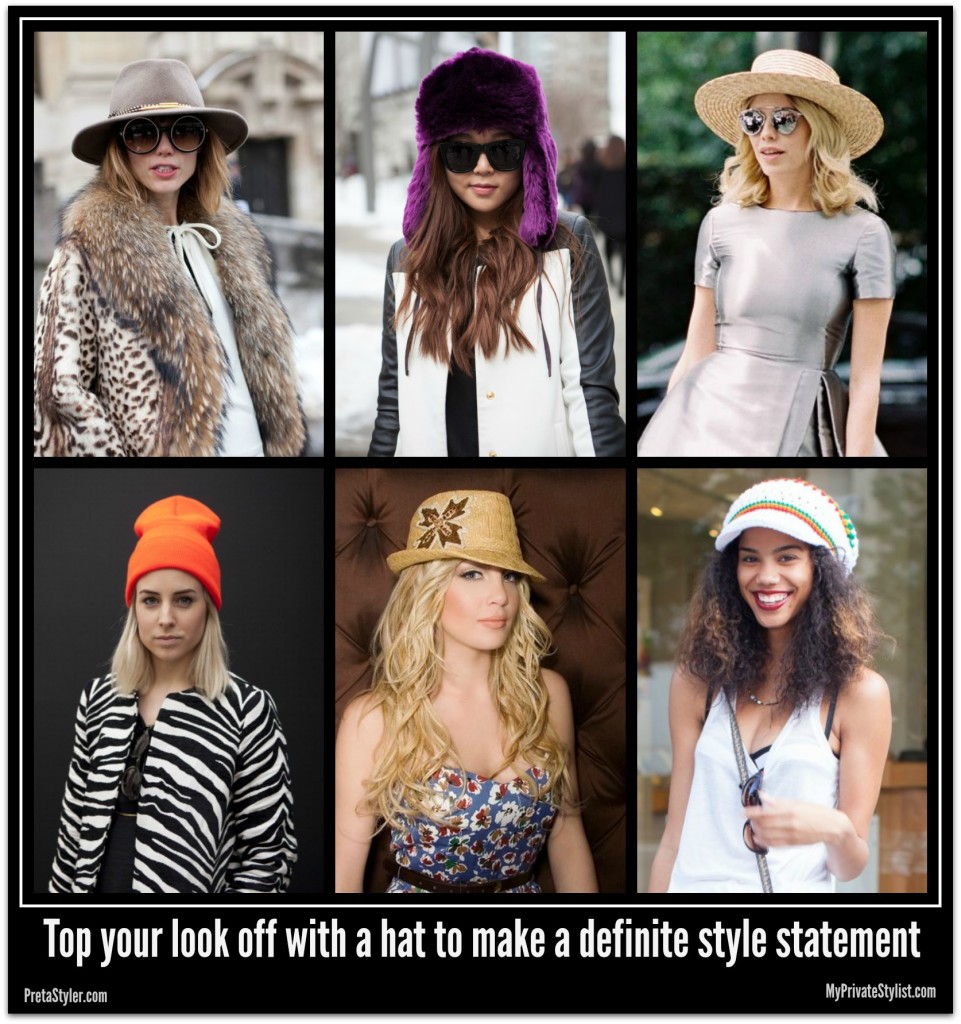
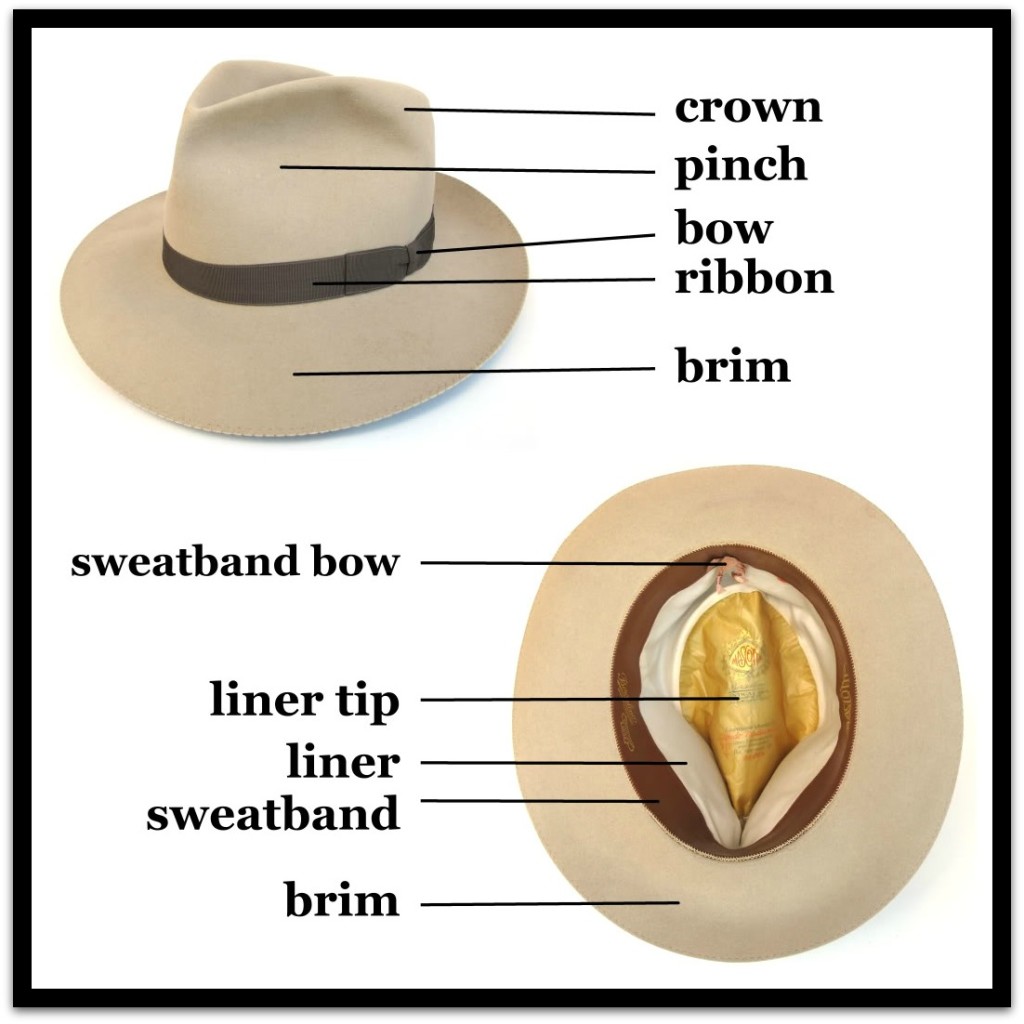
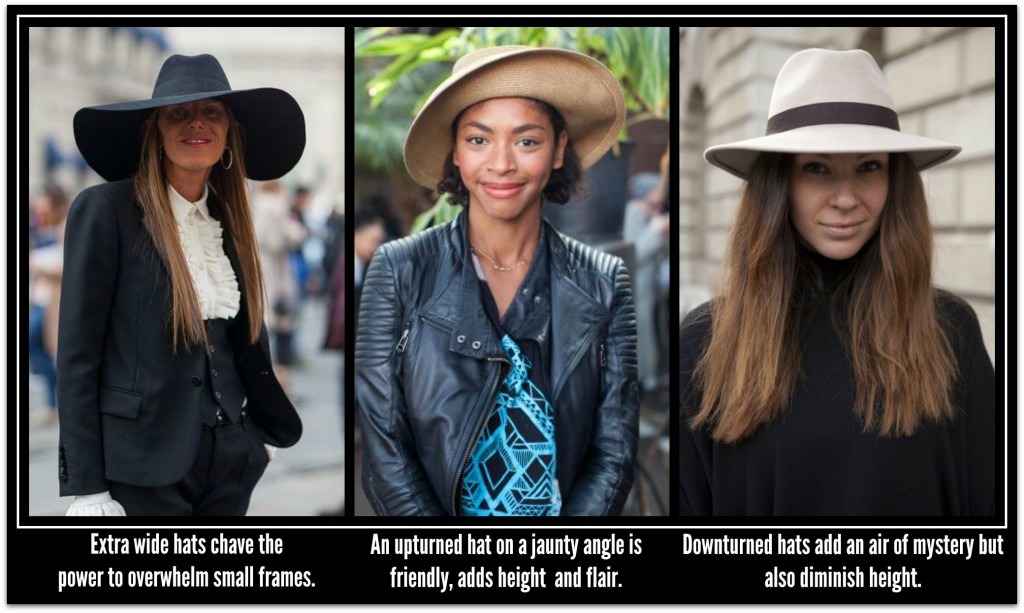
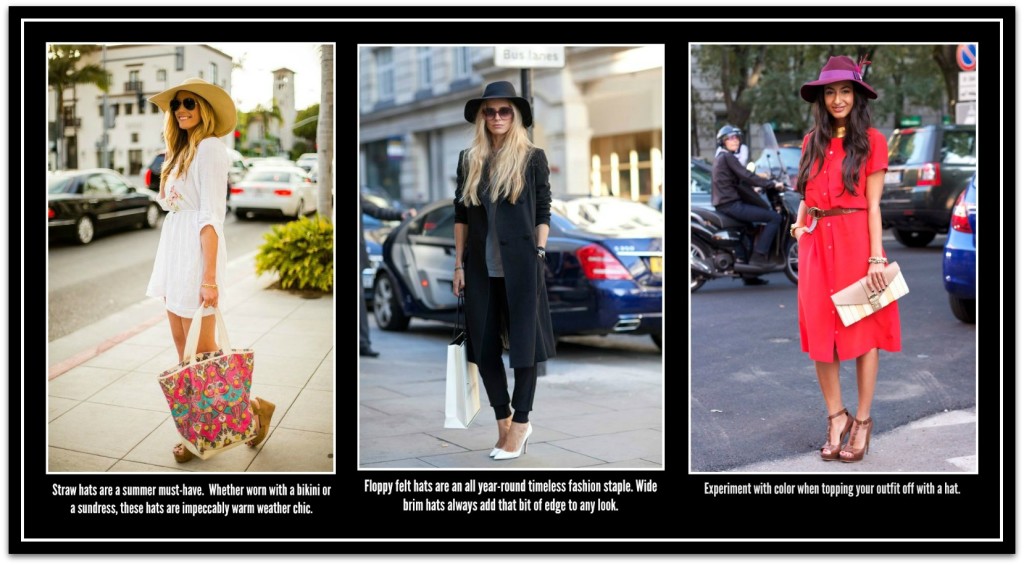
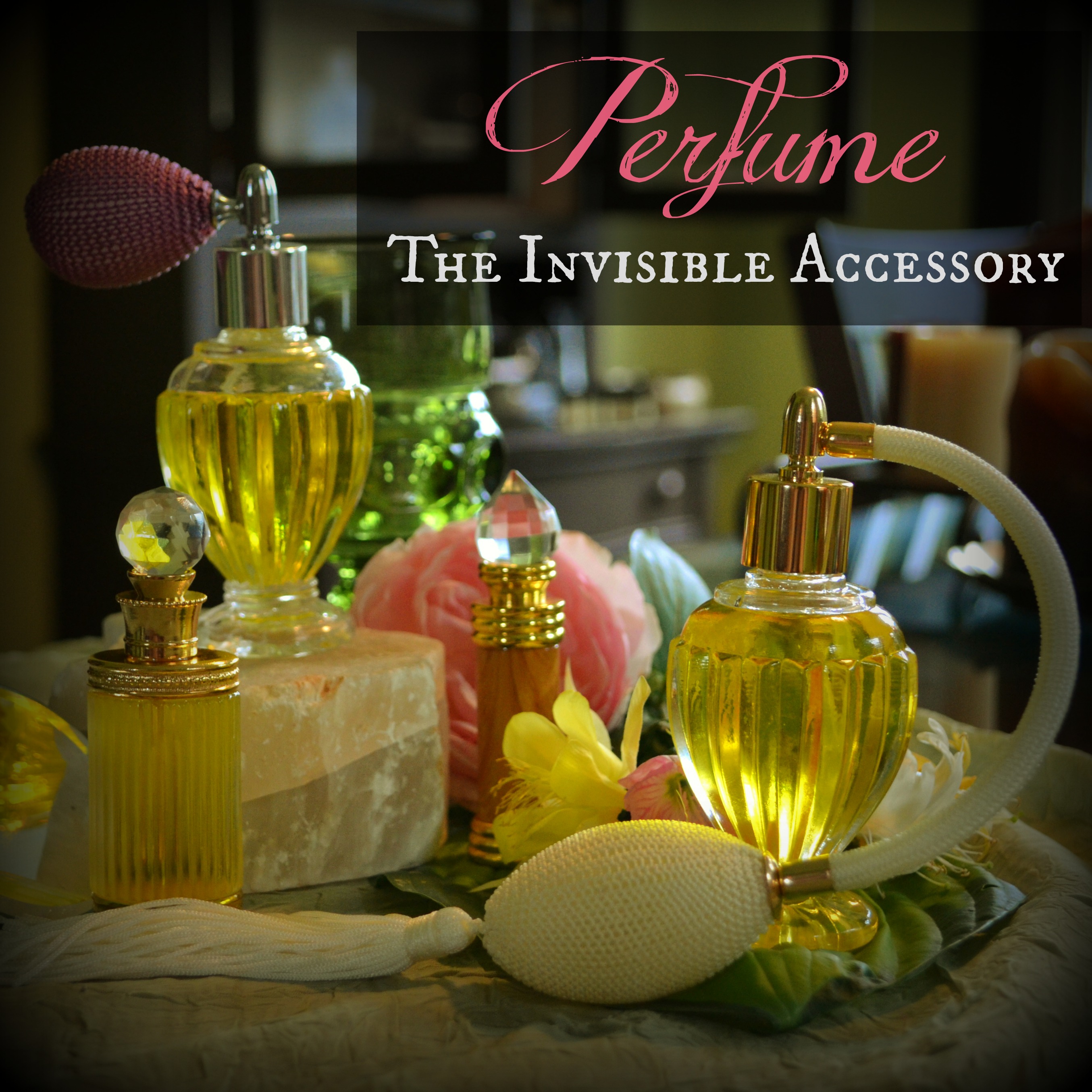



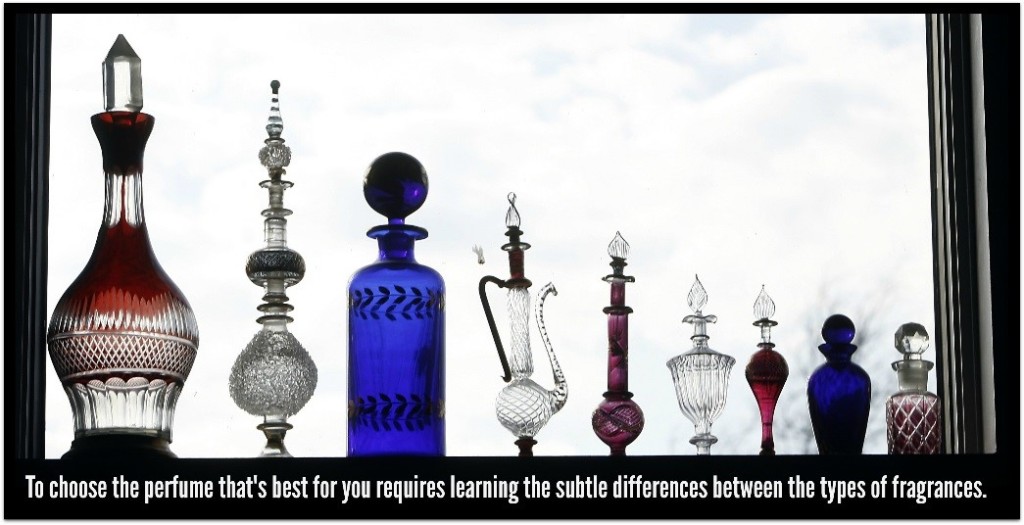





Recent Comments